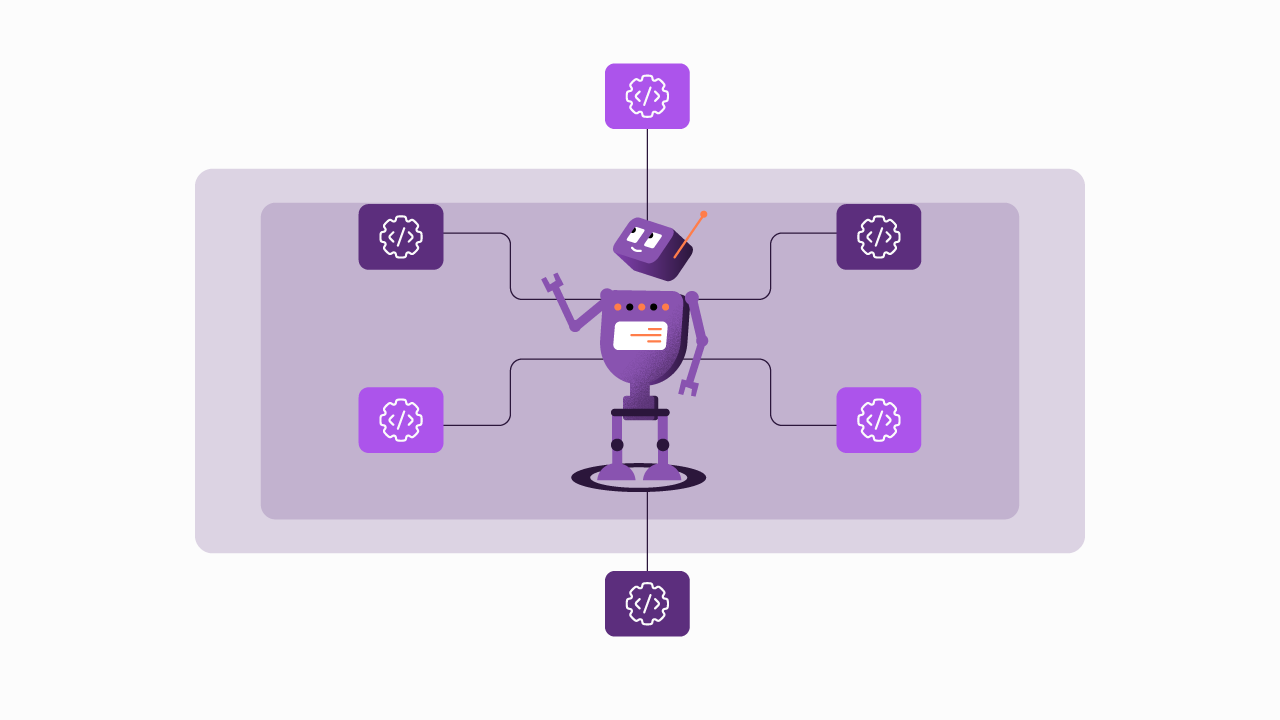Ahead of the Curve: Five Tech Trends Steering Credit Unions into Future Success | Part 1
Trend 1:
AI is Changing Existing Applications
See the original article published on Paolo Malinverno's LinkedIn profile here:
As consumers demand greater access to their finances, credit unions, large and small, must use a diverse set of applications to serve their members' needs. Larger credit unions often have in-house IT teams exerting greater control over their application portfolios, core platform hosting and critical IT infrastructure to steer the direction of their services. When credit unions have minimal tech staff and host core platforms and critical IT infrastructure with external providers, they have less control over how the platform supports their organization. But regardless of whether credit unions have large IT teams or rely on vendors, their leaders still need to be keenly aware of trends, security, compliance and new technological advancements crucial to their operations.
As we journey into Q2 of 2024, let’s explore some pivotal trends steering credit unions into future success, starting with the dynamic landscape of AI integration.

Capitalizing on AI's Competitive Edge
The financial world is buzzing about capitalizing on the competitive advantage AI promises to deliver. Naturally, credit unions seek to leverage AI technologies to innovate and better serve their communities. AI offers considerable benefits, such as enhancing marketing strategies to reach current and prospective members more effectively, including small and medium businesses.
AI benefits operational areas, too. AI enhances operational efficiency by enabling Credit Unions to leverage AI APIs within their applications, weaving together possibilities for both existing and new processes. Take lending for example. New possibilities are taking shape with automating loan approvals and detecting fraud.
It’s fairly easy to determine whether to lend to a borrower with stellar or subpar credit. However, most borrowers fall somewhere in the middle, and eligibility determination has been a manual process for small and medium-sized credit unions. Machine learning can be used in training algorithms to improve accuracy in risk calculation, regardless of credit. Using AI to improve or speed up underwriting processes provides helpful automation and improves risk management.
AI also offers credit unions an opportunity to reduce risk through better fraud detection at the onset of the lending process. The bad actors are already using it, so financial institutions must keep pace. AI can detect suspicious patterns during the screening process, keeping the process quick for the member while avoiding false positives and protecting the organization. APIs are a fundamental channel for accessing, trying and using AI technology and creating new partnerships to offer these enhanced services.
While most of the AI trends in the next 1-3 years revolve around Generative AI, credit unions and their service providers must weigh its potential against its risks (such as hallucinations) and offer tangible solutions for the financial marketplace.
AI Enhances Member Experience
Most credit unions are finding ways to offer better member experiences in their communities, increase revenue, and become more operationally efficient. Well-run credit unions have always strived to keep current members, and several analyst firms predict that retaining and serving members and customers will take an even higher priority across the financial services industry as competition grows.
Better member experiences frequently mean carefully personalized interactions with the credit union. Generative AI offers a way to create these opportunities, especially when the community the credit union serves includes small and medium businesses. Open banking, infused with AI (not just generative AI) allows credit unions to offer additional services (e.g. around accounting) to their small and medium business clients. For example, conversational user interfaces, whether used by a human, financial advisor or in direct touch with the customer, can manage simple interactions, provide explanations, or even make recommendations. Internal staff can benefit from this technology, and when used effectively, increased member satisfaction could also increase revenue.
In addition to providing personalized member service, credit unions can leverage AI to attract new members. Generative AI has multiple uses in financial services, generally around conversational interfaces (not just chatbots). These interfaces become more sophisticated through collected data from multiple sources, such as the success of specific financial products, and users can receive tailored pricing or repayment options and suggestions, especially for mortgage loans and savings plans.
AI Clarifies Risks
AI will help clarify and estimate the risks for projects. The increasingly popular concept of the organizational digital twin allows the construction of a sophisticated model of a real thing to better understand the organization's potential risks and outcomes when external or internal conditions change. The idea gained popularity in manufacturing with physical things like jet engine's widely used digital twins and now extends to modeling how actual companies’ internal processes work. For example, if a credit union wants to add a new lending product, how will the pattern of member interactions impact the client interaction patterns? What is the impact on internal staff if the credit union opens fewer CDs in this time of uncertainty, and under what conditions should it open more? How will the CD rate impact revenue?
Data ingestion from multiple sources and frequently synthetic data generated by AI can be used to run these what-if scenarios and understand operational risks. Over a few months, on average, the models can be trained and given a higher level of autonomy according to the credit union's risk tolerance. By leveraging these data with the help of AI, credit unions can navigate uncertainties and minimize operational risks with more confidence. These examples are just a few ways humans can use AI to enhance their work in the near future.
Navigating Strategic AI Integration
While AI holds immense promise for credit unions, realizing its full potential requires strategic investments and partnerships. Institutions willing to invest in innovation and technology stand poised to capitalize on AI's transformative capabilities. The level of investment and the high degree of control on the application portfolio required by the enhancements discussed here will restrict their applicability to institutions that can invest in innovation and technology and have direct control on their application portfolios.
So, if a credit union outsources most of its technology services, will it be able to take advantage of Generative AI? Clearly, from an outsourcer's point of view, offering differentiating services, possibly at premium prices, like the ones shared here, is attractive. When planning for future technology needs, credit unions must begin to think about planning and funding the necessary platform extensions. Consider negotiating these enhancements into existing outsourcing agreements, because they are in the outsorcerer's interest too. When selecting vendors, ask if it's in the organization's best interest to choose lower-cost services over the potential business benefits AI can deliver.
Seizing the Opportunities Ahead
AI is here to stay, and it is transformative. It’s not like any other technology; in time it will make business decisions instead of humans and that is the scary part, if AI induced risk is not properly managed. If your credit union hasn't considered incorporating AI technology into your applications through properly governed AI APIs, now is the time to start thinking about it and experimenting with it. Focus initially on the most innovative applications, but don't forget your existing ones; they all can benefit from AI, too. The risk acceptance of your company culture, board, and members' most pressing needs must all be factored into your planning and strategy.
Begin your API journey with Sensedia
Hop on our kombi bus and let us guide you on an exciting journey to unleash the full power of APIs and modern integrations.
Related content
Check out the content produced by our team.
Embrace an architecture that is agile, scalable, and integrated
Accelerate the delivery of your digital initiatives through less complex and more efficient APIs, microservices, and Integrations that drive your business forward.





.svg)




.png)

